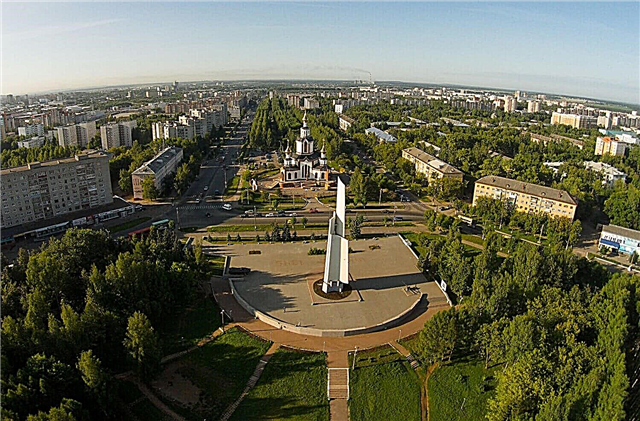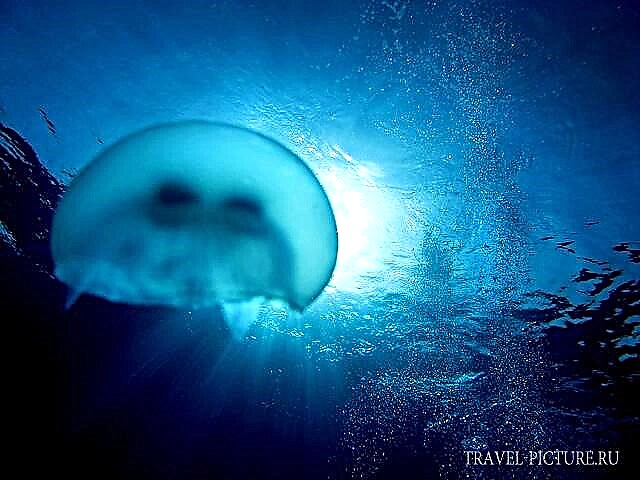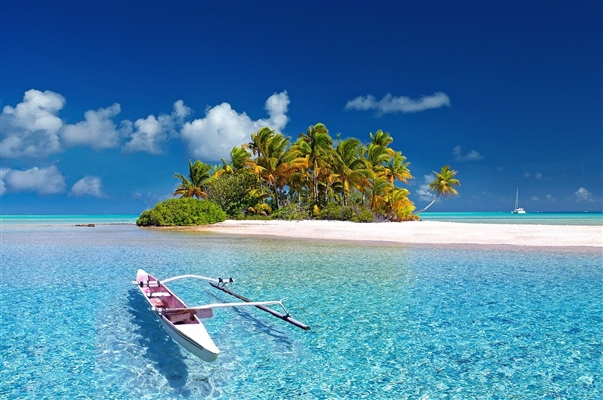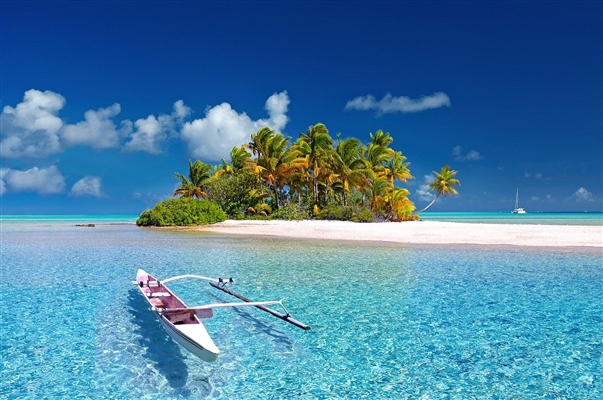The Stavropol Territory is one of the main resort regions of the country. The main cities with balneological and mud treatment are Kislovodsk, Pyatigorsk, Essentuki. Tourists come here throughout the year. The climate allows procedures to be carried out even during the winter months. In some springs, the water remains hot, and they rarely repeat in composition.
But in the Stavropol region there are also cities with other landmarks. Mineral waters are remarkable: despite the name, there are no springs within their boundaries. Stavropol, the capital of the region, is a must-see for tourists. In its surroundings, as well as throughout the region, there are scattered unique natural objects that you will not find anywhere else.
The largest cities of the Stavropol Territory
List of the largest cities in terms of population in the region.
Stavropol
The main city of the region, one of the largest in the North Caucasus. At one time, the first theater and the first museum of the region were opened here. Natural attractions: a relict reservoir called Kravtsovo swamp lake, a holy spring on the outskirts, cold springs. The most unusual monument is the Khopyorskaya tent. It was installed in 1976 as part of the celebration of the 200th anniversary of Stavropol.
Population - 450 680 people (2020).

Pyatigorsk
The oldest mud and balneological resort in the region. About 40 mineral springs function in the city and in the vicinity. They differ in composition and are recommended for different groups of tourists. There are about 30 health resorts and even more hotels. Archeological monuments - several burial mounds. A number of objects are named after Lermontov: a house, a grotto, a gallery.
Population - 147 861 people (2020).

Kislovodsk
A resort city of federal significance. About a third of the region's health resorts are located here. The most interesting natural attractions are Ring Mountain and Honey Falls. Man-made beauties: Narzan gallery, Kislovodsk fortress, resort boulevard and local park. The climate is milder than in other cities of the region, mineral springs have a different composition and water temperature.
Population - 128 779 people (2020).

Nevinnomyssk
The only monocity in the region. It developed from the village, which was founded in the first half of the nineteenth century. Several buildings of Nevinnomyssk are listed as historical monuments. Among them, the house where the revolutionaries sat and the former headquarters of the Red Army. An impressive sports infrastructure has been built, including an ice rink and a large stadium.
Population - 117 thousand people.

Essentuki
In 2006, the city was awarded the status of a federal resort. Most of the architectural sights are associated with the resort infrastructure of the past. For example, a well-preserved mud bath named after Semashko. In the vicinity of the city there is a large temple complex with a theme park. Several music festivals are held in Essentuki throughout the year.
Population - 108 thousand people.

Mikhailovsk
It is considered a satellite city of Stavropol: the regional center is only 2 km away. Located on the Chla River. The local climate is characterized by impetuous faith at different times of the year. The reason is the location on a hill and the lack of protection by mountain ranges. Mikhailovsk is known for a large number of churches. Among them there are both new buildings and churches with history.
Population - 90 thousand people.

Mineral water
It is part of the ecological resort "Caucasian Mineral Waters". Despite the name, the city does not have mineral springs within its boundaries. There are several interesting monuments here. For example, the statues of Peter and Fevronia are symbols of family happiness and marriage. They stand at the registry office building. And in 2014, a monument to Sergei Radonezhsky appeared.
Population - 74 thousand people.

Georgievsk
It is part of the ecological resort "Caucasian Mineral Waters". The buildings of the past centuries have been preserved in the city. For this reason, on the streets you can easily find mansions that have the status of monuments of architecture or history. Also noteworthy are the City Government and the hotel called "London". Several mass graves have been organized within the city.
Population - 67 thousand people.

Budyonnovsk
The city was named in honor of the military leader Semyon Budyonny. The local climate is unique, as the city is located between desert lands and a zone of sustainable agriculture. The Museum of Local Lore has been operating since 1992. Its exposition occupies the building of an architectural monument. The funds are about 4.5 thousand copies. Nearby excavated site "Madzhary", dated XIII-XIV centuries.
Population - 62 thousand people.

Abundant
The city developed from a railway station. In 2015, the first intercity bicycle path in the region was opened. She connected the city with the village of Novoizobilny. The length of the track is over 3 km. Significant architectural objects - 2 merchant houses occupied by a library and a printing house, a station building and a mill built in 1900, which is on the verge of destruction.
Population - 38 thousand people.

Svetlograd
Located at the foot of the Baranichya and Kutsay mountains. The latter is a natural monument and a natural observation deck. Nearby is the Salt Lake. Its brine and mud have healing properties. The city has objects related to 4 religious confessions. Of the architectural beauties, the Svetlograd Castle should be distinguished, and of the monuments - 2 military memorial complexes.
Population - 36.4 thousand people.

Zelenokumsk
It was founded on the banks of the Kuma after Catherine II granted lands to Count Alexander Vorontsov. In 1981, a local history museum was opened in the city. It is located in the building of the former shopping arcade - an architectural monument. In the late 90s, the Orthodox Church of Peter and Paul was built. He was called to replace the church of the same name, which was destroyed in the 30s.
Population - 35.5 thousand people.

Grateful
The name of the city comes from the wealth of these places and the gratitude of those who were assigned to live here. There is an important archaeological site in the district - a settlement - a monument of the Saltovo-Mayak period. It dates from the 8th-10th centuries. In 2018, a monument to the victims of the Holocaust was opened in Blagodarnoye. During the Nazi occupation, 169 Jews were shot here.
Population - 31.1 thousand people.

Novoaleksandrovsk
The westernmost town of the region stands on the banks of the Rashevatka River. There is a stadium where the local amateur team plays. Agriculture, cattle breeding and beekeeping are well developed in the region. Within the boundaries of Novoaleksandrovsk, several military monuments have been erected and mass graves from the times of the Great Patriotic War have been organized. In 2017, the city lost its coat of arms and flag due to a change in status.
Population - 27 thousand people.

Novopavlovsk
Located on the left bank of the Kura. The Kirovsky zoological reserve was founded near the city. Monuments in Novopavlovsk are mostly military. One of the monuments is dedicated to the Cossacks who founded a village on these lands in 1777. There is an ecological-biological center and a social-rehabilitation center "Zarya", created to help minors.
Population - 26.2 thousand people.

Zheleznovodsk
It is part of the resort region "Caucasian Mineral Waters". It is ahead of other cities in terms of development speed. There are about 20 health resorts on the territory of Zheleznogorsk. Silt mud from Lake Tambukan is actively used in medical and cosmetic procedures. Tourists have access to 4 pump rooms. Local mineral springs are the only ones in Europe where the waters are calcium and hot.
Population - 24 869 people (2021).

See also: What to see and where to go in Zheleznovodsk?
Neftekumsk
The city is located on the border of Europe and Asia. This is reflected in its coat of arms and in the colors of the flag.A memorial sign is installed on the line of the conditional division of the mainland into two parts. The name comes from the oil reserves found here. Not far from Neftekumsk there are 48 hectares of relict forest, and it is surrounded by a semi-desert zone. This area is a natural monument.
Population - 24.8 thousand people.

Ipatovo
The northernmost city in the region, stands on the Kalaus River. There is an archaeological site near the city - a burial mound. Several military monuments have been erected, including an obelisk at the site of the execution of local residents. There is a museum of local lore with an extensive collection. The local motorball club "Kolos" is one of the best in the country.
Population - 24 thousand people.

Lermontov
Part of the ecological resort region under the general name "Caucasian Mineral Waters". Named after the writer. It is located on the western slopes of Mount Beshtau. The hill protects from harsh and cold winds. In terms of weather conditions, Lermontov is comparable to Kislovodsk. Among the monuments, the monument dedicated to the miners, installed at the beginning of the 2000s, stands out.
Population - 22.6 thousand people.

Goryachevodsky
One of the largest urban-type settlements in the country. Located on the right bank of the Podkumok River. There are practically no sights, only two monuments - to Lenin and General Pyotr Kozlov. Both opened in 1957. Goryachevodsky boasts a machine-tool repair plant and a network of wholesale and retail markets.
Population - 36.8 thousand people.












